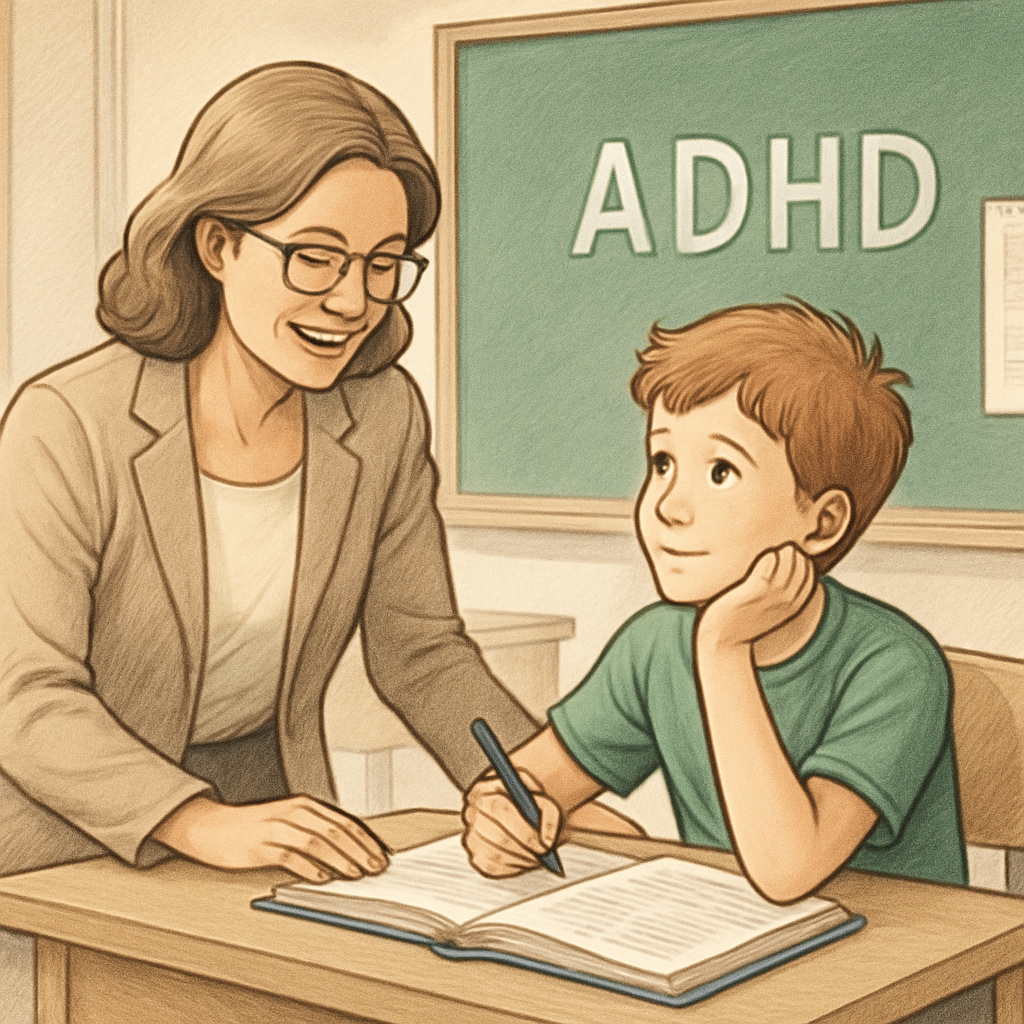Gifted program selection processes often rely heavily on standardized exams and rigid criteria, inadvertently excluding ADHD students who possess extraordinary potential but exhibit nontraditional learning patterns. These systems, by focusing narrowly on short-term academic performance, fail to account for the unique strengths and creativity that ADHD students often bring to the table. This oversight risks leaving behind a significant population of talented individuals who could thrive with the right educational support.
Why ADHD Students Struggle in Standardized Testing
Standardized testing, a cornerstone for selecting students for gifted programs, often prioritizes attributes like attention to detail, consistency, and sustained focus. For students with ADHD (Attention Deficit Hyperactivity Disorder), these criteria can be particularly challenging due to their neurodevelopmental traits. ADHD students frequently excel in areas such as creative thinking, problem-solving, and innovation, yet their strengths may not translate well into traditional testing formats.

For example, while ADHD students can display exceptional talent in generating unique ideas or thinking outside the box, they may struggle with time constraints or the repetitive nature of standardized exams. As a result, these students might perform inconsistently, leading educators to overlook their true potential. According to research from the Britannica, ADHD is often misunderstood as a purely negative condition, rather than a unique cognitive profile with distinct advantages.
Flaws in Current Gifted Program Selection Criteria
The selection criteria for gifted programs often lean toward academic metrics, such as high scores on standardized tests or teacher recommendations based on classroom behavior. This approach inherently favors students who excel in structured environments, leaving those with unconventional learning styles—like many ADHD students—at a disadvantage. By equating “giftedness” with standardized measures of intelligence, schools risk missing out on diverse talents.

Furthermore, ADHD students may exhibit behaviors that are misinterpreted as disruptive or inattentive, rather than signs of intellectual curiosity or creativity. For example, a student who frequently interrupts a lesson may be doing so to share an insightful idea, yet this action might be seen as a lack of self-control. Educators and administrators must consider alternative measures of assessment, such as portfolio reviews, creative projects, or even dynamic problem-solving tasks, to better capture the full spectrum of student abilities.
Potential Solutions to Address the Problem
To create a more inclusive gifted program, schools need to rethink their selection processes. Here are some actionable steps:
- Broaden Evaluation Criteria: Incorporate assessments that value creativity, innovation, and problem-solving skills, alongside traditional academic metrics.
- Educate Teachers and Administrators: Provide training on ADHD characteristics to help educators recognize strengths rather than focus solely on challenges.
- Use Long-Term Observations: Evaluate students over time to capture consistent patterns of excellence that may not appear in a single test.
- Develop Individualized Support Plans: Tailor gifted programs to accommodate various learning styles, ensuring that ADHD students can thrive.
By implementing these strategies, schools can better identify and nurture the talents of ADHD students. This shift not only benefits individuals but also enriches the diversity of thought within gifted programs, fostering innovation and creativity on a broader scale.
The Importance of Recognizing Diverse Potential
Excluding ADHD students from gifted programs is not just an individual loss—it’s a systemic one. These students often possess unique perspectives and problem-solving abilities that can challenge conventional thinking and drive progress. By failing to accommodate diverse cognitive profiles, education systems risk stifling innovation and limiting opportunities for exceptional minds.
As a result, reforming the selection process for gifted education becomes imperative. Schools must prioritize inclusivity by recognizing the varied ways giftedness can manifest, particularly among students with ADHD. In doing so, they can ensure that all students—regardless of learning style—have the opportunity to achieve their fullest potential.
Ultimately, the goal of gifted education should be to identify and cultivate talent in all its forms, rather than adhering to rigid definitions of success. With a more inclusive approach, the overlooked genius of ADHD students can finally shine.


